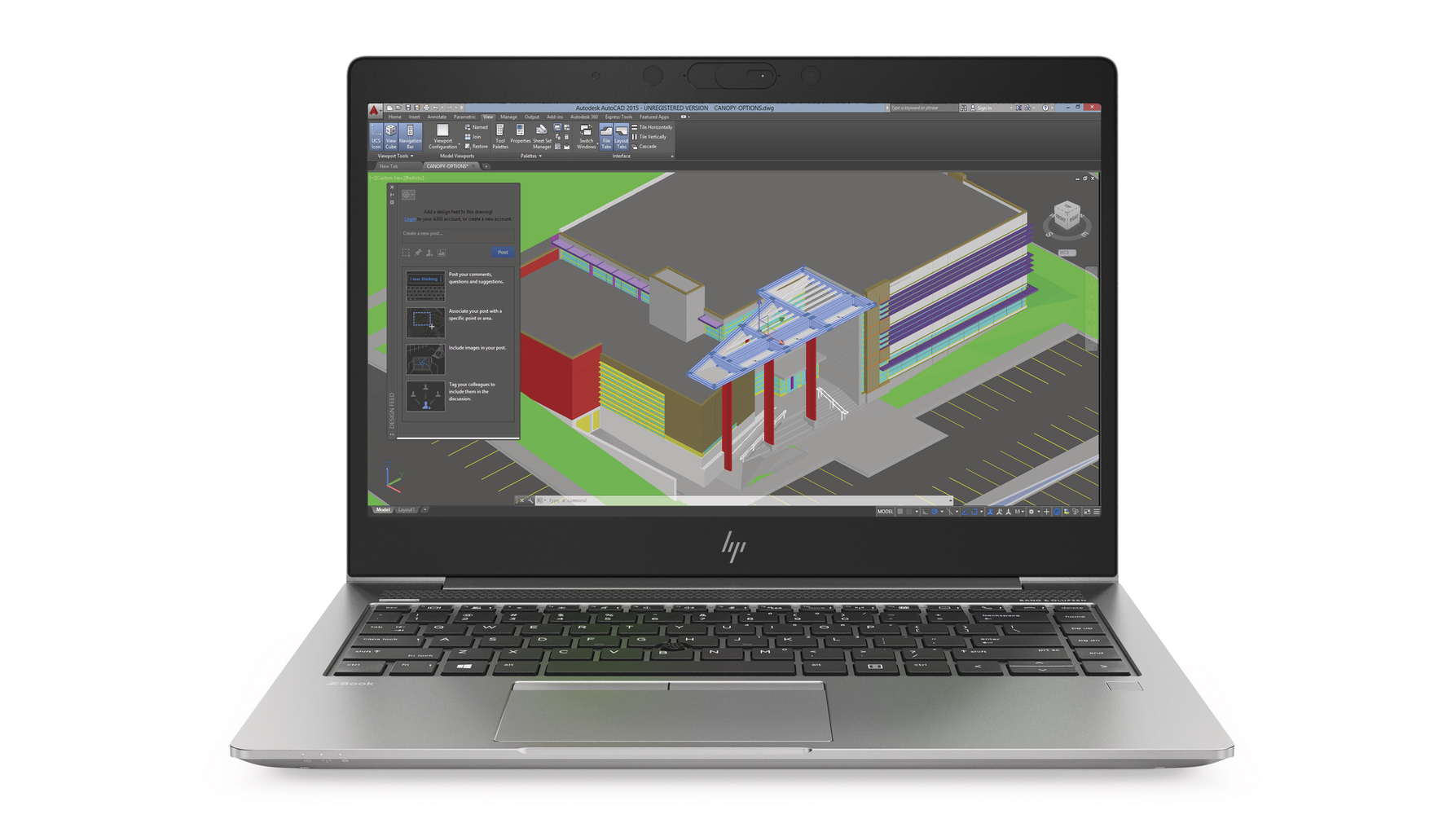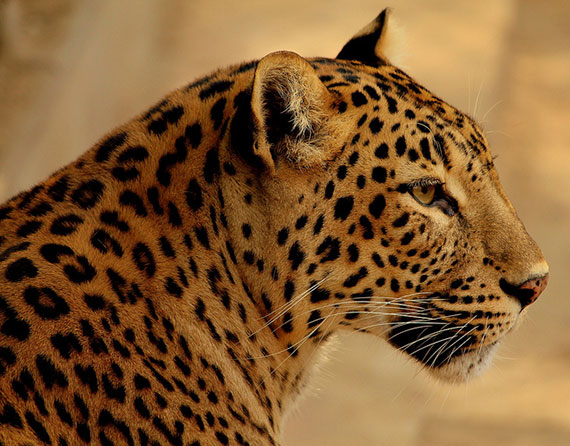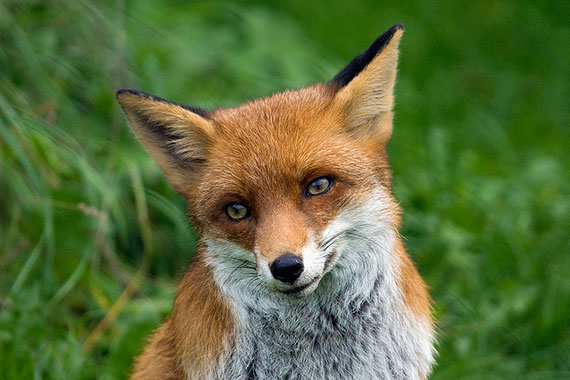The post How to Photograph a Local Project When Traveling is Not an Option appeared first on Digital Photography School. It was authored by Jeremy Flint.

If traveling is not an option, a great way to enjoy your photography is to go out and shoot a project in your local environment. Your local patch provides a wonderful opportunity for photography and is a location often overlooked and taken for granted. To photograph a local project is a hugely satisfying undertaking, especially because you don’t have to go far to achieve it.
Staying near to home also provides ample time to visit a particular place, and means you can reach a location with ease. As travel is minimal, you will incur lower transport costs and you can go back to a particular location as often as you like. Shooting locally is also a great way to practice and improve your photography whilst getting you out with your camera. Have you ever thought about what local projects to photograph and how to go about it? Well, here are some of the best ways to achieve this goal.
Choose a subject that interests you

Blenheim Palace, Oxford
This may seem obvious, but the first thing I recommend doing is to consider and choose a subject that interests you for the project. This way, you will be more motivated to go out and shoot it.
Focus on one aspect such as a local landscape, a river, a local park, a zoo, a piece of coastline, a particular time of day, birds and wildlife in a wetland area, a particular season or even a famous building or local landmark.
Whilst finding and shooting a project close to where you live, photo opportunities can present themselves when least expected.
With a bit of luck, your timing can be greatly rewarding.
For instance, I recently shot some images of a local landmark ‘Blenheim Palace’ in Oxfordshire. It is a gorgeous historic building surrounded by wonderful parkland, manicured landscapes, and woodlands.
I planned to photograph the autumn colors during my visit and was fortunate to encounter a unique and unexpected exhibition of artworks by Maurizio Cattelan. The exhibition included these carpets of union jacks (pictured) which provided a unique point of interest in the images.
Once at your local destination consider the following:
Select a lens

Starling murmurations, England
The fun starts once you have found a subject for your local project and you are at your location.
Think about what it is you are photographing, and the best way to capture it. This will give you insight into the type of lens you should use. If, for example, you live in a city and have decided to do cityscapes at blue hour, you may opt for a wide-angle lens. That way, you can fit more of the city into one scene. It would also allow you to fit in large architectural buildings, or capture bustling street scenes.
Another scenario may be that you want to capture local markets where you live. In this scenario, you may opt for a wide-angle lens to capture the overall nature of the market, and a portrait lens, such as a 50mm or 85mm, to get some more intimate people shots or detail shots of things sold at the market.
You may also decide to challenge yourself by using just one fixed prime lens, such as a 50mm. You could capture a range of subjects that give insight into the area where you live.
Alternatively, you may choose a telephoto lens to zoom in closer to subjects such as distant wildlife or birds. A telephoto lens is a great way to compress perspective, bringing foreground subjects closer to the background like these starlings.
Experiment photographing your subject

Starling murmurations, England
One thing I recommend doing when you photograph a local project is to just experiment photographing your subject.
Try using different camera settings and techniques and see what works and what doesn’t. For example, if you want to achieve a faster shutter speed as I did to capture these birds in flight, you could raise the ISO.
You may also want to experiment with your aperture. Shooting in Aperture Mode (Aperture Priority) is a great way to do this (if you are not yet on Manual Mode) as the ISO and shutter speed automatically adapt when you change the aperture setting. I achieved a wider, more detailed field of view by reducing the aperture and increasing the f-number to around f/8.
You may prefer to make certain parts of your image sharp (rather than the whole scene) and throw the rest out of focus. You can achieve this by opting for a larger aperture (smaller f-number) such as f/4. This can give you some nice bokeh backgrounds too, especially if moving to an even smaller f-number like f/2.
Change your angle

Starling murmurations, England
Once you have taken some shots, try changing your perspective to get a different angle on your subject. You may find a different vantage point results in a better composition and image. Another way to change your angle besides repositioning yourself is to move your lens in closer and change your framing.
If you are working with a tripod, vary the height of its legs to give a fresh angle.
Reshoot
The great thing when you photograph a local project is that you can go back and re-shoot anytime. This would be much more expensive and time-consuming if you had to travel to capture your pictures.
Sometimes you won’t get the photo you desire the first time around, so a good option is to return and re-shoot. Unforeseen circumstances and factors out of your control that may warrant a reshoot include adverse changes in weather, building works in operation, too many people and wildlife that may not be present.

Blenheim Palace, Oxford
Going back to reshoot is a good exercise and a great chance to practice your skills too. It can help you improve your photography by learning from your mistakes and offers an opportunity to capture your project in various lighting conditions. Why not time your reshoot with a different time of day to capture some different images for your project. Alternatively, capture the same images just under different lighting conditions.
Each return visit can provide something new to photograph too. That’s because you are likely to see something different on your return in terms of your subject or pattern of light.
You may also decide to change lenses for the reshoot, or decide to focus on close up details on one visit and wide shots on another.
Summary
So go grab your gear and get out there to photograph a local project. It is a great way to capture a subject of interest that is on your doorstep and is a brilliant way to hone your skills.
Be sure to experiment with aperture, shutter speed and ISO, vary your angle of view and reshoot to improve your pictures.
What local project are you thinking of photographing? Share your thoughts and images with us below.
The post How to Photograph a Local Project When Traveling is Not an Option appeared first on Digital Photography School. It was authored by Jeremy Flint.

Digital Photography School

 Canon has announced two new lenses for its mirrorless lineup:
Canon has announced two new lenses for its mirrorless lineup:














